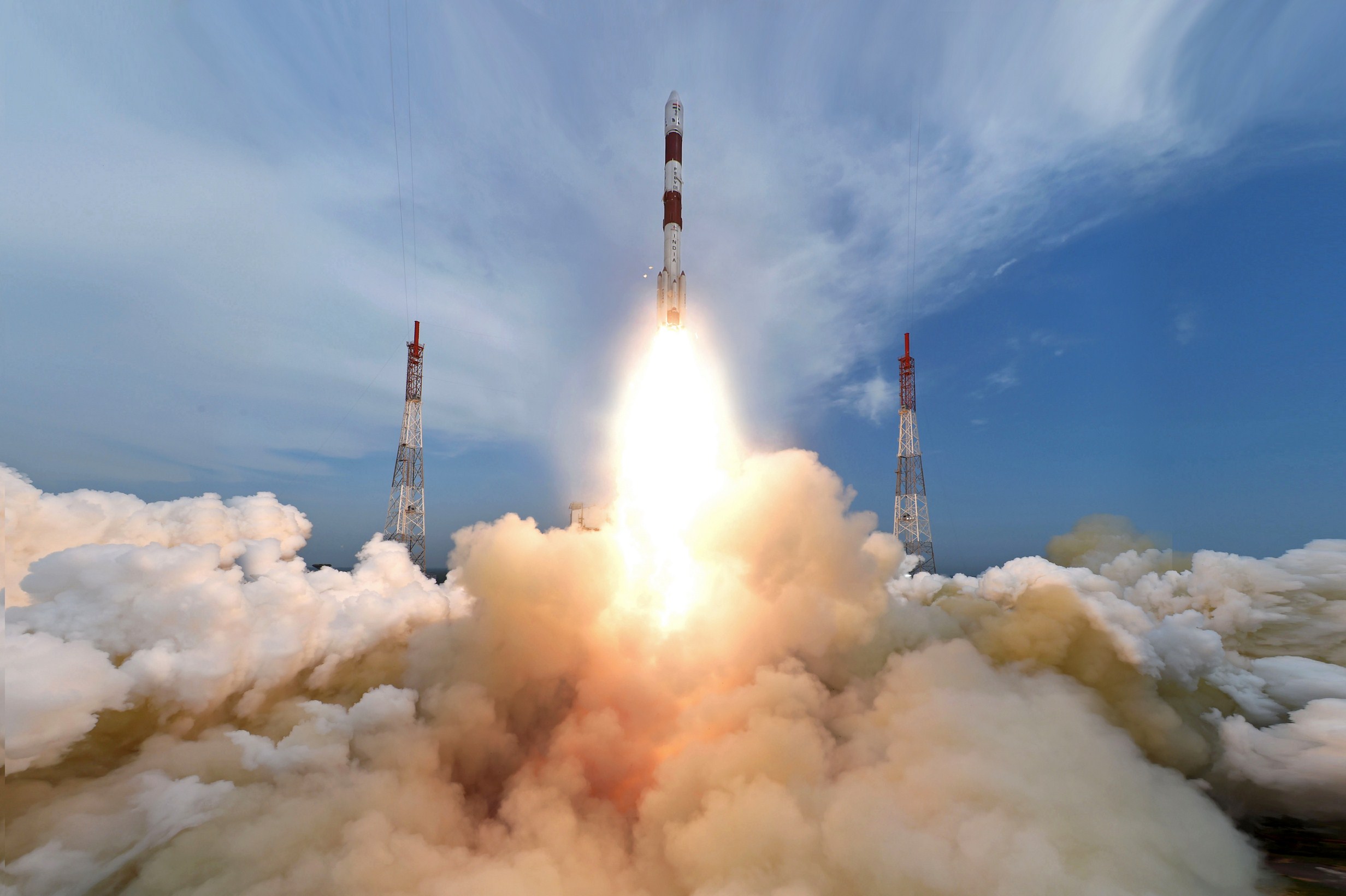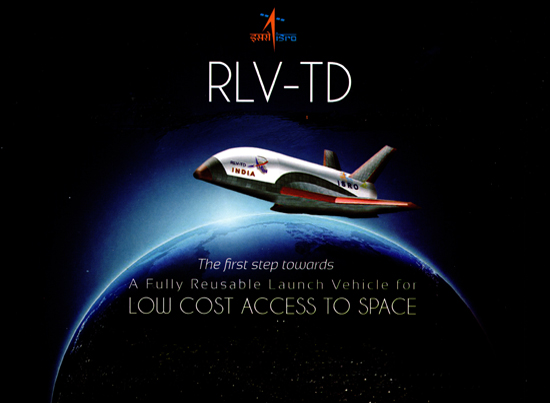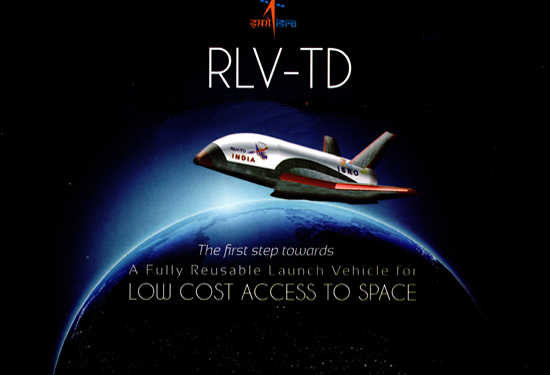Back in 2013, when I watched the academy award winning movie Gravity, I was awestruck by the beautiful depiction of space science via a cinematic medium, The Production Team of the movie used realistic special effects to capture the intrinsic details of the cosmos. There was a huge buzz about the film’s budget, which was about 100 million US dollars.

The very next year, Indian Space Research Organization (ISRO) launched its Mars probe known as the MOM (Mars Orbiter Mission) and tasted success in its very first attempt. Even NASA could not do this unparalleled feat in space exploration. They took as many as six attempts to successfully launch their mission. Speaks volumes about the sheer hard work and dedication of the entire ISRO team. Not just this, they managed to achieve their goal while keeping the budget of the project as cost-effective as possible. In fact, the entire cost of MOM was lesser than the budget of movie Gravity and less than one-sixth of the total cost of NASA’s Mars probe launched in the same year.
This success in space was a big leap for the Indian space agency ISRO for which it received accolades from across the spectrum and was celebrated throughout India. However, that was not it for ISRO because those who aim for the space, for them even sky is not the limit.
Earlier this year, ISRO continued its dominance in space by launching 104 satellites in space over the course of 18 minutes breaking the previous record of largest single day satellite launch. The previous attempt was made by Russian space agency which placed 37 satellites into the earth’s orbit.

Currently, India has two launch vehicles namely PSLV and GSLV. Now, ISRO is working towards making a new launch vehicle, which is based on Reusable Launch Vehicle Technology(RLV).
RLV will make launching 10 times more cost-effective. It is going to be lighter in weight and will provide an advantage to the thrust mechanism of the rocket, eventually leading to lesser fuel consumption.
How is it going to be cost-effective? Let me put this into perspective.
Currently, rockets are launched using PSLV or GSLV, it sets the satellite in its respective orbit and the rocket’s debris remains in the space. The newer launch vehicle RLV launches the satellite into its orbit and returns back to the atmosphere.
RLV takes off vertically like any other launch vehicle and glides back to the atmosphere like a plane. It uses HS9 solid rocket booster. In addition, RLV can be assembled in just three days as compared to 30-40 days for a normal sized PSLV. So, it optimizes the time constraint as well.
Eighty percent of the money invested in launch vehicle is used in making the structure, circuitries and other technical stuff embedded in it, only 20 percent of the money is invested in fuel. Therefore, if launch vehicle returns to the atmosphere, technically 80 percent of the invested money is saved automatically.
Though, American companies especially Space X founded by Elon Musk, are developing reusable launch technologies as well which will create a new bench mark in reusable launch vehicles segment. But as far as Indian space is concerned, RLV literally has the potential to revolutionize the Indian Satellite Launch system. More power to the Fabulous team at ISRO.

































